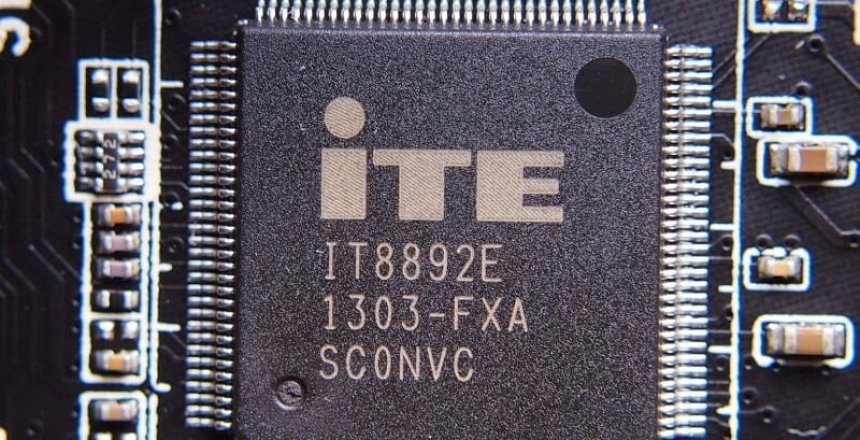Back in the early 1980s, when IBM released their IBM PC they used dedicated chips to do everything. Serial and parallel cards were available to expand the computer’s features but gradually these features became standard on the motherboard.
ATX Power Supply
In the early days, all computers had a power switch that cut mains power to turn the computer on and off. However, with the introduction of the ATX power supply, the power switch became a button that relied on components on the motherboard to turn the computer on and off.
The SuperIO chip
For the first time, the motherboard had control over the power supply, and programs could adjust the power consumption. Computers could be put to sleep and woken again, either through a time set in the BIOS or by the LAN card or movement of the mouse or keyboard.
With the advent of laptops, there was a need to combine everything into one chip and the SuperIO chip does all of that. It took control of the parallel, serial, mouse and keyboard, it took control of the BIOS and the responsibility of charging and conditioning the battery. The brightness and contrast of the screen is also controlled by the SuperIO.
UEFI and Secure Boot
Ever since the 1970s, there has been a BIOS (Basic Input Output System) which is a small program that tells the computer where to look for the operating system, as well as what the time and date is.
However, modern operating systems wanted to lock out viruses and other nasties that could start when the computer started up and infect the computer, so UEFI (Unified Extensible Firmware Interface) will only allow signed operating systems from booting, therefore they boot more securely. Additionally, the user may want to encrypt their drives and prevent people bypassing that encryption by using secure boot.
SuperIO freeze
Sometimes the SuperIO chip can freeze up, usually caused by a power supply problem. On a desktop, unplugging the power cord, giving it a few minutes for the capacitors to discharge and plugging back in usually fixes it for a while. However, it is worth considering changing the power supply soon, especially if the problem repeats itself.
On laptops with removable batteries, you can pull the power cord out, unplug the battery and hold the power button down to drain the capacitors before putting the battery back in and the power cord.
On laptops without removable batteries however, as most modern laptops are, you need to get a technician to open the laptop and disconnect the battery.
SuperIO failure
In a laptop, the CPU handles all the fast moving stuff, it deals with the graphics, the USB ports, memory, network and wireless while handing the slower speed responsibilities to the SuperIO, which deals with the keyboard and mouse, the screen and the power. If the CPU failed, a technician can undo 4 screws and a locking screw and remove and replace the CPU, this is because CPUs are generic. You might be able to upgrade them in a laptop if they make one that fits the socket.
The SuperIO is soldered to the board, and although the chip itself is generic, its programming is done by the manufacturer for that specific board. You can’t expect one to work from a different board, and if the SuperIO fails, the board is useless.
What is the biggest cause of SuperIO failure?
Liquid damage is the largest cause of SuperIO failure, they are usually located on the side of the board closest to the keyboard so the CPU can have adequate cooling. Liquids are more likely to happen over the keyboard area which leaks down onto the SuperIO.
It may be intentional that manufacturers have their SuperIO located in a place that makes them more prone to liquid damage as manufacturers want you to buy a new computer.
Apple's T2 processor
Apple have taken the SuperIO one stage further, the data on the solid state drive that is built into the motherboard is encrypted by the T2 processor, and if the T2 processor fails, the data on the drive can never be recovered, and the £3,000 Mac is worth 25p in scrap.
Recyclers have found that when a user gets rid of their Mac when they have finished with it, unless the user performs a factory reset, the Mac cannot be reinstalled or reused and is worth the scrap value.

